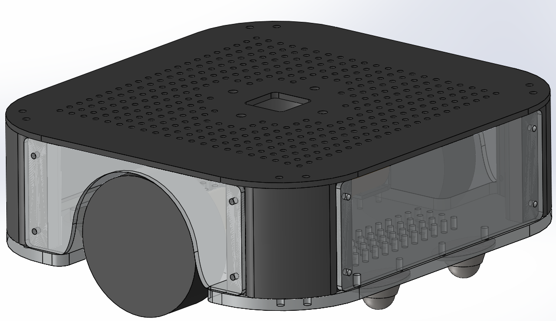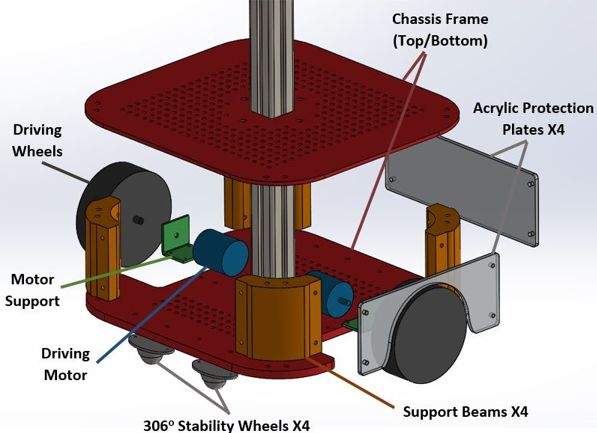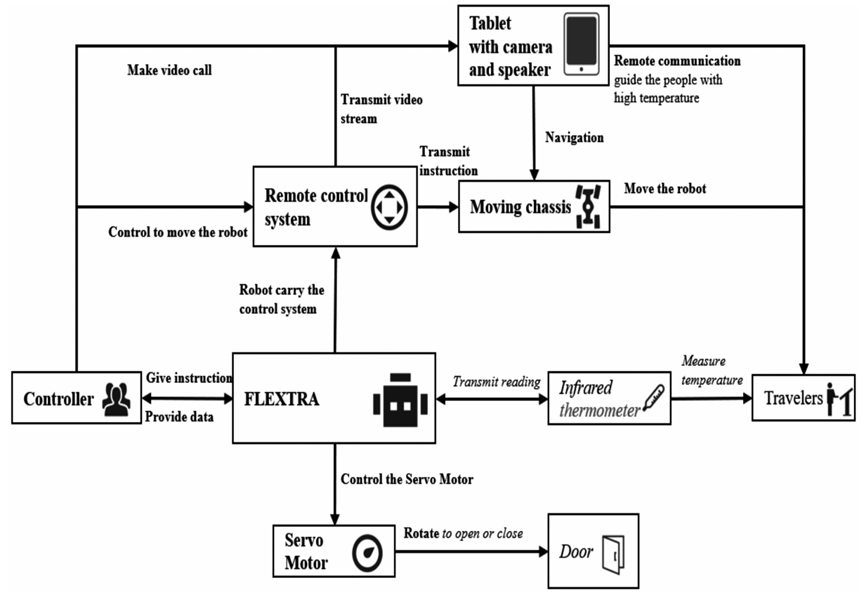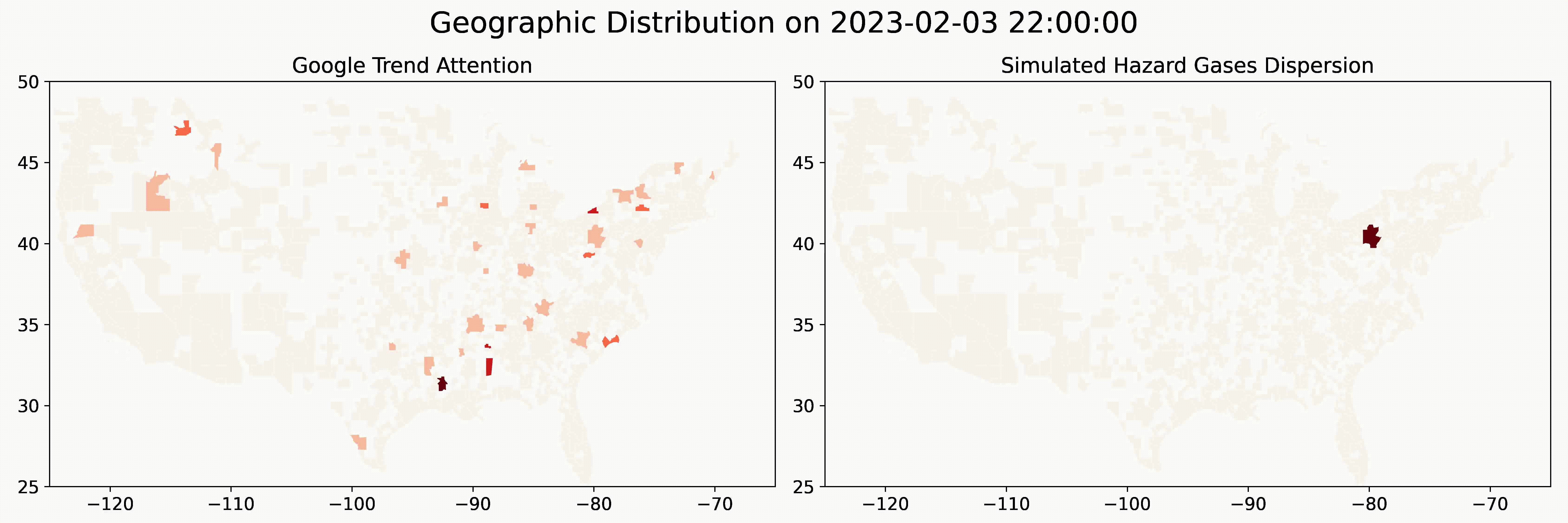Research & Entrepreneurship
Embracing technology as a catalyst, I am proud to apply my skills and knowledge to innovate solutions that promote the development of public welfare
To bridge the gap of physical and emotional care between the elderly and their distant children, I was chosen by Professor Pradeep Ray to lead a capstone project on telepresence robot. Recognizing that many elderly individuals may not be familiar with electronic devices, we designed a solution where their children could remotely control the robot, providing companionship and support. Our approach involved extensive research and in-depth interviews, leading us to focus on four vital functions: fully remote control, medicine dispenser, free movement, and low cost.



Chassis and remote control system take precedence, drawing from my previous experience on robots. To enhance cost-effectiveness and ensure smooth movement, we engineered a wheel-driven chassis using acrylic board. Atop the robot, we integrated a tablet, facilitating visual interaction with the elderly and enabling navigation for movement. On the robot's upper structure, we installed a tablet, enabling visual interaction with the elderly and providing navigation for movement. Powering the system, a Raspberry Pi acts as the controller, establishing a local network to seamlessly coordinate the robot and tablet functionalities. The most delicate system on our robot is the medicine dispenser, addressing the issue of elderly forgetting to take or accurately dose their medication. To solve this, we designed a rotating mechanism that automatically dispenses medicine according to their schedule. We kept in mind the importance of cost-effectiveness and environmental sustainability throughout the development process, hence we employed 3D printing to construct the entire dispenser.




During Covid, our research has proven to be highly meaningful and practical. With social distancing measures in place, our robot serves as a valuable substitute, enabling remote care for individuals. To promote our innovative idea, I conducted extensive research on the application of telepresence robots during the pandemic. These dedicated efforts bore fruit as my robot secured the first place in the JI Covid-19 Challenge, and I had the privilege to publish several related papers in prestigious platforms like IEEE, Digital Medicine, and in a book IET Digital Library. The recognition for my work in robotics was further amplified when I was nominated as one of the Annual Characters in SJTU. It was an immense source of pride to witness my efforts making a positive impact and actually assisting those in need.
Blockchain in Plastic Surgery
At University of Michigan, I not only kept my attention on healthcare but also tried to leverge advanced technology such as blockchain to address more painpoints. Through extensive research, we recognized the pervasive trust issues in the healthcare industry, particularly in plastic surgery, where information discrepancies have even led to tragic outcomes. To confront this challenge, I enthusiastically participated in the 2023 Umich Fintech Cryptocurrency Challenge, leading a team to develop a blockchain-based decentralized application aimed at resolving the trust issues plaguing the field.


Prototype wireframing and market research were both conducted during the project. Through extensive statistical data analysis, we discovered that the plastic surgery industry constitutes a billion-dollar market, yet thousands of patients face potential risks due to unqualified surgeons or medications. To address this critical issue, we developed a Minimum Viable Product (MVP) on Figma, showcasing the functionality of our blockchain-based decentralized application designed to ensure safety throughout the complex processes involved in plastic surgeries. I'm proud that our work was recognized as a finalist in the fintech challenge fills us with pride and will be included in a publication.


Improve Social Media Information Efficiency
As an Information Science master student, I passionately embrace my responsibility to enhance the transparency and integrity of social media. Therefore, I actively join Prof. Ceren Budak's research project, aiming at identifing the misinformation spread on Twitter. Through extensive research and exploratory data analysis, I was astounded by the alarming prevalence and exaggeration of such misinformation. With focus on political misinformation, we diligently developed a powerful tool utilizing time series and network analysis methods. This tool has proven to be effective in tracking down the sources of misinformation spreaders, paving the way for a cleaner and more reliable online environment."


The promptness of social media is another focus during my master study. We observed that during a train derailment in Ohio, people were not aware of the disaster until a few days later. I strongly believe that social media should play a role in alerting people nearby about such risks and calling for care from society. To evaluate the accuracy and effectiveness of social media, we developed a hazard gas simulation model and cross-referenced the geographic distribution results with data from social media. Additionally, we implemented a peak detection method to promptly alert and react based on the information flow on social media. Our research shed light on how social media can enhance situational awareness and facilitate rapid responses during critical events. As we continue to explore the boundless possibilities of technology and its positive impact on our world, I hope my work will inspire future generations of scholars and professionals to leverage the full potential of social media in creating a safer and more responsive global community.

Throughout my academic journey, whether at Shanghai Jiao Tong University or the University of Michigan, I have consistently sought to harness my knowledge through rigorous research across diverse fields such as robotics, healthcare, and data science. The path was difficult, as I constantly found myself facing unknown challenges. The journey of turning ideas into reality was also bitter and arduous, as theory and practice differed significantly. Many times, I had to delve deeper, rethink my approach, and even start from scratch to effectively apply my concepts. Yet, the hard work and dedication I invested bore fruit, as evidenced by my numerous publications and awards. My work fills me with great pride, knowing it has the potential to benefit and inspire others, and I'm excited about more meaningful contributions and innovations through my research